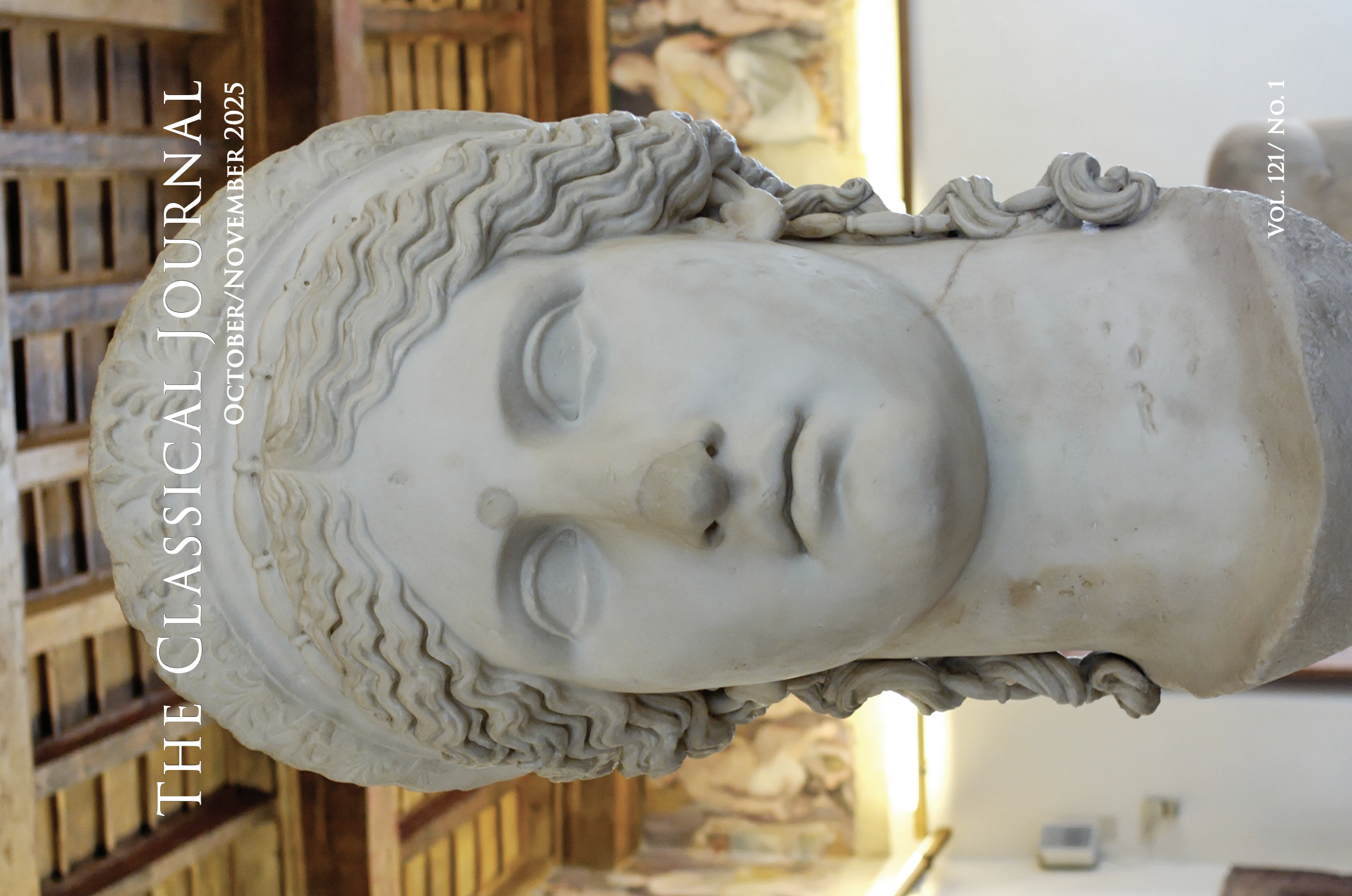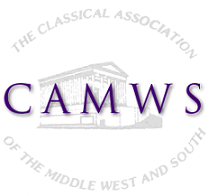The following articles are contained in CJ
113.2
Abstracts of Articles
OLYMPIAN SOUND IN THE THEOGONY AND THE CATALOGUE OF WOMEN: SWEET MUSIC AND DISORDERLY NOISE
The category of Olympian sound in the Theogony and the Catalogue of Women embraces two sharply contrasting elements, one of which closely resembles a species of non-Olympian sound. The Olympian Muses’ sweet songs contrast with the non-musical, disorderly noise of Olympian Zeus’ thunderbolt; and the sound of the thunderbolt—a weapon forged by the monstrous Cyclopes—resembles the disorderly din created by opponents of Zeus such as the Titans, Typhoeus and Salmoneus.
PILUM AND TELUM: THE ROMAN INFANTRYMAN’S STYLE OF COMBAT IN THE MIDDLE REPUBLIC
Alexander Zhmodikov’s influential 2000 article argued that the Roman army of the Republic relied more on the javelin (pilum) than had been previously believed. But the question of the prevalence of ranged weapons on the Roman battlefield requires a more careful look—one that differentiates between the types of ranged weapons that were employed and what they can tell us about Roman infantry combat in general. By surveying various battle narratives in Greek and Roman authors, this article nuances Zhmodikov’s claim by analyzing the appearance of the pilum on the battlefield during the Roman Middle Republic to argue that the Roman army relied heavily on showers of light javelins (tela) from the light infantry (velites) to affect the interchanging of infantry lines during combat.
WITCH’S SONG: MORALITY, NAME-CALLING AND POETIC AUTHORITY IN VALERIUS FLACCUS’ ARGONAUTICA
This paper focuses on the interaction of Roman moral discourse and autonomous female voices in the Argonautica and Ovid’s Heroides. It argues that Valerius’ heroines use the moral language of the Heroides to reflect on the function of traditional language. By assigning culturally encoded roles to themselves and one another, these heroines present the audience with alternative versions of their stories that undermine the very terms they employ: they thus enact the problems inherent in using the language of the past to interpret the present. The cultural vocabulary that authorizes their voices to an internal audience presents a serious threat to the community, when coming from the mouths of marginalized characters. In illustrating the slippage between the roles of wife, witch, heroine and whore, Valerius invites his audience to consider the function of tradition, both social and literary, as a lens through which to understand the present.
LATIN AND THE AMERICAN CIVIL WAR
By presenting examples of Latin literature pertaining to the American Civil War, this paper demonstrates that the phenomenon of Latine Americana, i.e. Latin works written in or about America, was not confined to the colonial period but rather extended into the latter part of the nineteenth century. The context of these writings reveals that the active use of Latin remained a cherished aspect of the rich classical culture of the era.
EKPHRASIS AND ALLUSION: CICERO’S PATH AND VIRGIL’S PATHOS
A discussion of the notion of a poetic journey for both Virgil and his principal character, Aeneas, that parallels the rhetorical-philosophical trek outlined by Cicero in the Tusculans.


